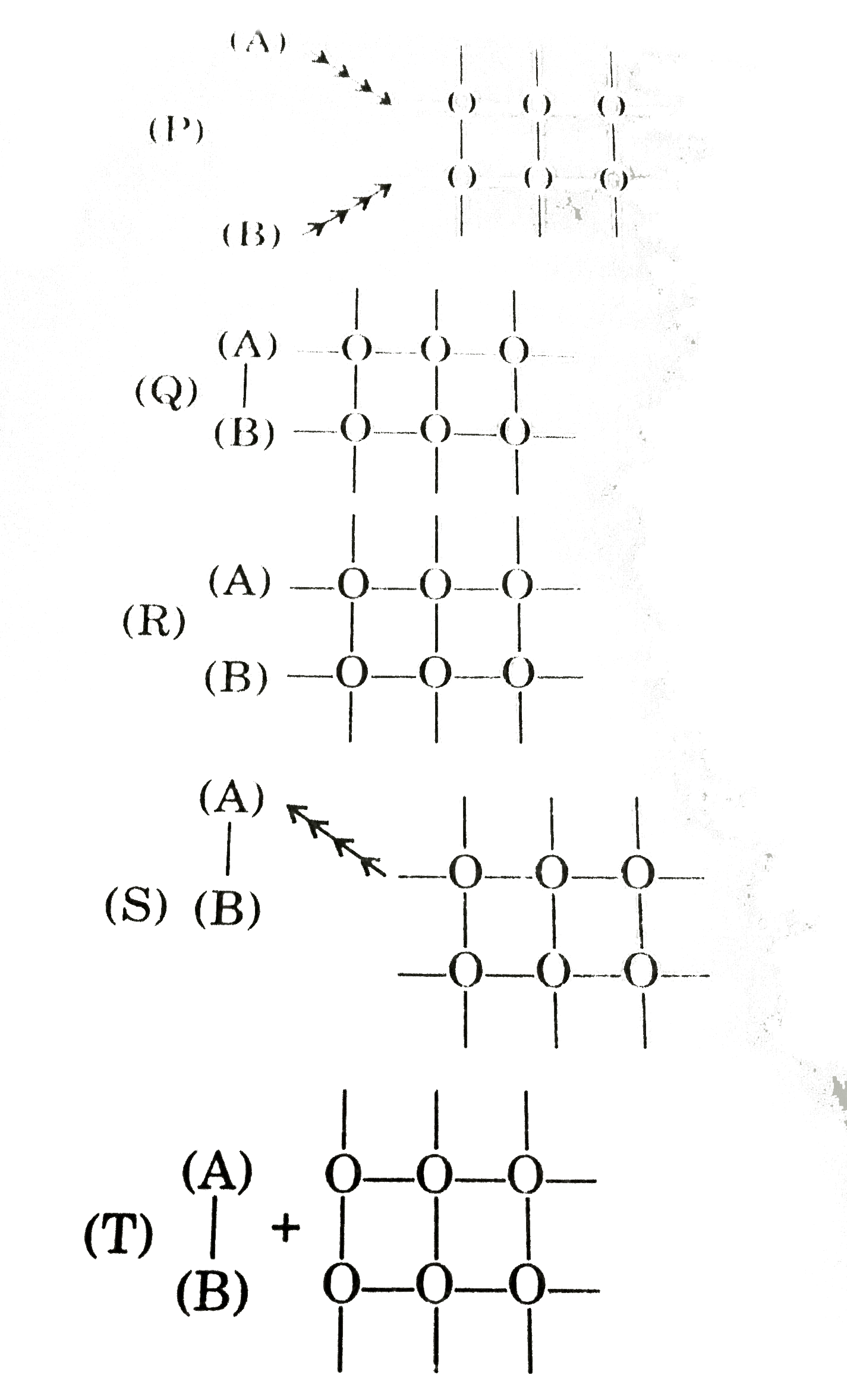Arrange the following seral stages in correct sequence with regards to primarysuccession in water
Phytoplanktons Marsh meadow stage Reed swamp Stage Scrub stage Forest
Reed swamp stage Phytoplanktons Marsh meadow stage Forest Scrub stage
Phytoplanktons Marsh meadow stage Forest Scrub stage.
Phytoplanktons Submerged plant stage Free floating stage Reed swamp stage Marsh meadow stage Scrub stage Forest
The correct Answer is:D
To arrange the seral stages of primary succession in water correctly, we will follow the sequence of ecological changes that occur in aquatic environments. Here’s the step-by-step solution:
Step 1: Understand Primary Succession
Primary succession refers to the process of ecological change that occurs in an area where no soil exists, such as a newly formed lake or pond. It begins with the colonization of pioneer species.
Step 2: Identify the Pioneer Species
The first organisms to colonize the aquatic environment are phytoplankton. They are microscopic plants that float in the water and serve as the initial producers in this ecosystem.
Step 3: Next Seral Stage
After phytoplankton, the next stage is the submerged plant stage. In this stage, rooted aquatic plants begin to establish themselves in the substrate.
Step 4: Followed by Free-Floating Plants
The submerged plant stage is followed by the submerged free-floating stage, where plants that float on the water surface without rooting in the substrate become prominent.
Step 5: Transition to Reed Swamp
The next stage is the reed swamp stage, characterized by the growth of reed plants in the shallow waters.
Step 6: Move to Marsh Meadow
Following the reed swamp stage, we have the marsh meadow stage, where larger herbaceous plants and grasses start to grow, further stabilizing the ecosystem.
Step 7: Scrub Stage
The next stage is the scrub stage, where shrubs and small trees begin to establish themselves, leading to a more complex plant community.
Step 8: Climax Community
Finally, the last stage of primary succession is the forest stage, which represents the climax community where mature trees dominate the landscape.
Final Sequence
Putting it all together, the correct sequence of seral stages in primary succession in water is:
1. Phytoplankton
2. Submerged plant stage
3. Submerged free-floating stage
4. Reed swamp stage
5. Marsh meadow stage
6. Scrub stage
7. Forest stage
Answer
The correct sequence is:
Phytoplankton → Submerged plant stage → Submerged free-floating stage → Reed swamp stage → Marsh meadow stage → Scrub stage → Forest stage
Primary succession refers to the process of ecological change that occurs in an area where no soil exists, such as a newly formed lake or pond. It begins with the colonization of pioneer species.
The first organisms to colonize the aquatic environment are phytoplankton. They are microscopic plants that float in the water and serve as the initial producers in this ecosystem.
After phytoplankton, the next stage is the submerged plant stage. In this stage, rooted aquatic plants begin to establish themselves in the substrate.
The submerged plant stage is followed by the submerged free-floating stage, where plants that float on the water surface without rooting in the substrate become prominent.
The next stage is the reed swamp stage, characterized by the growth of reed plants in the shallow waters.
Following the reed swamp stage, we have the marsh meadow stage, where larger herbaceous plants and grasses start to grow, further stabilizing the ecosystem.
The next stage is the scrub stage, where shrubs and small trees begin to establish themselves, leading to a more complex plant community.
Finally, the last stage of primary succession is the forest stage, which represents the climax community where mature trees dominate the landscape.
Putting it all together, the correct sequence of seral stages in primary succession in water is:
1. Phytoplankton
2. Submerged plant stage
3. Submerged free-floating stage
4. Reed swamp stage
5. Marsh meadow stage
6. Scrub stage
7. Forest stage
The correct sequence is:
Phytoplankton → Submerged plant stage → Submerged free-floating stage → Reed swamp stage → Marsh meadow stage → Scrub stage → Forest stage
Topper's Solved these Questions
- ECOSYSTEMBOOK - AAKASH SERIESCHAPTER - ECOSYSTEMEXERCISE - EXERCISE-II (NUTRIENT CYCLING)
11 Videos
- ECOSYSTEMBOOK - AAKASH SERIESCHAPTER - ECOSYSTEMEXERCISE - EXERCISE-II (ECOSYSTEM SERVICES)
11 Videos
- ECOSYSTEMBOOK - AAKASH SERIESCHAPTER - ECOSYSTEMEXERCISE - EXERCISE-II (TROPHIC LEVELS AND FOOD CHAINS)
38 Videos
- CELL CYCLE AND CELL DIVISIONBOOK - AAKASH SERIESCHAPTER - CELL CYCLE AND CELL DIVISIONEXERCISE - Exercise-III
18 Videos
- ENVIRONMENTAL ISSUESBOOK - AAKASH SERIESCHAPTER - ENVIRONMENTAL ISSUESEXERCISE - Exercise-III (Previous AIPMT/NEET Questions)
41 Videos
Similar Questions
Knowledge Check
Which of the following sequences is correct?
AAn increase in body fluid volume → Switch off the osmoreceptors→Suppresses to ADH releaseBADH → Constricting effect on blood vessel → B.P. high → More glomerular blood flow → More GFRCAngiotensionogen →Angiotensin l → Angiotensin II<o Adrenal cortex → AldosteroneDall of these
Which of the following is the correct sequence of glycolysis ?
View SolutionCorrect sequence of the following is
View Solutionselect the correct sequence of stages in xerarch succession.
View SolutionStages in proper sequence of prophase I are
View SolutionIn flowering plants , arrange the following steps in their correct sequence .
(a) Formation of the embryo sac
(b) Megasporogenesis
(c) Formation of endosperm
(d) Fertilization
(e) Development of embryo
View SolutionArrange the following in correct sequence from root tip.
A) Region of maturation
B) Region of meristematic activity
C) Region of elongation
D) Root hair zone
View SolutionArrange the following diagrams in correct sequence of steps involved in the mechanism of catalysis, in accordance with modern adsorption theory.

View Solution
